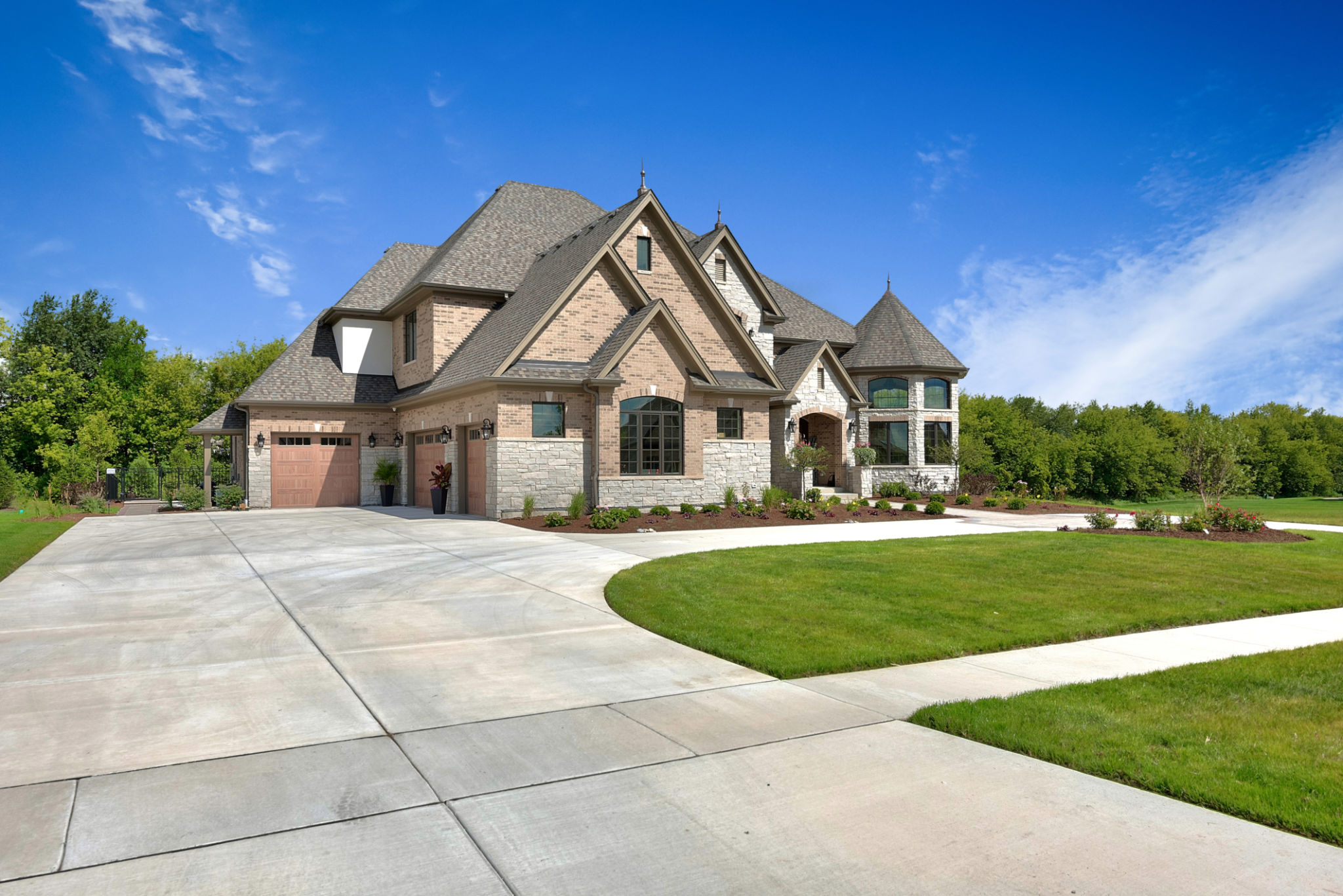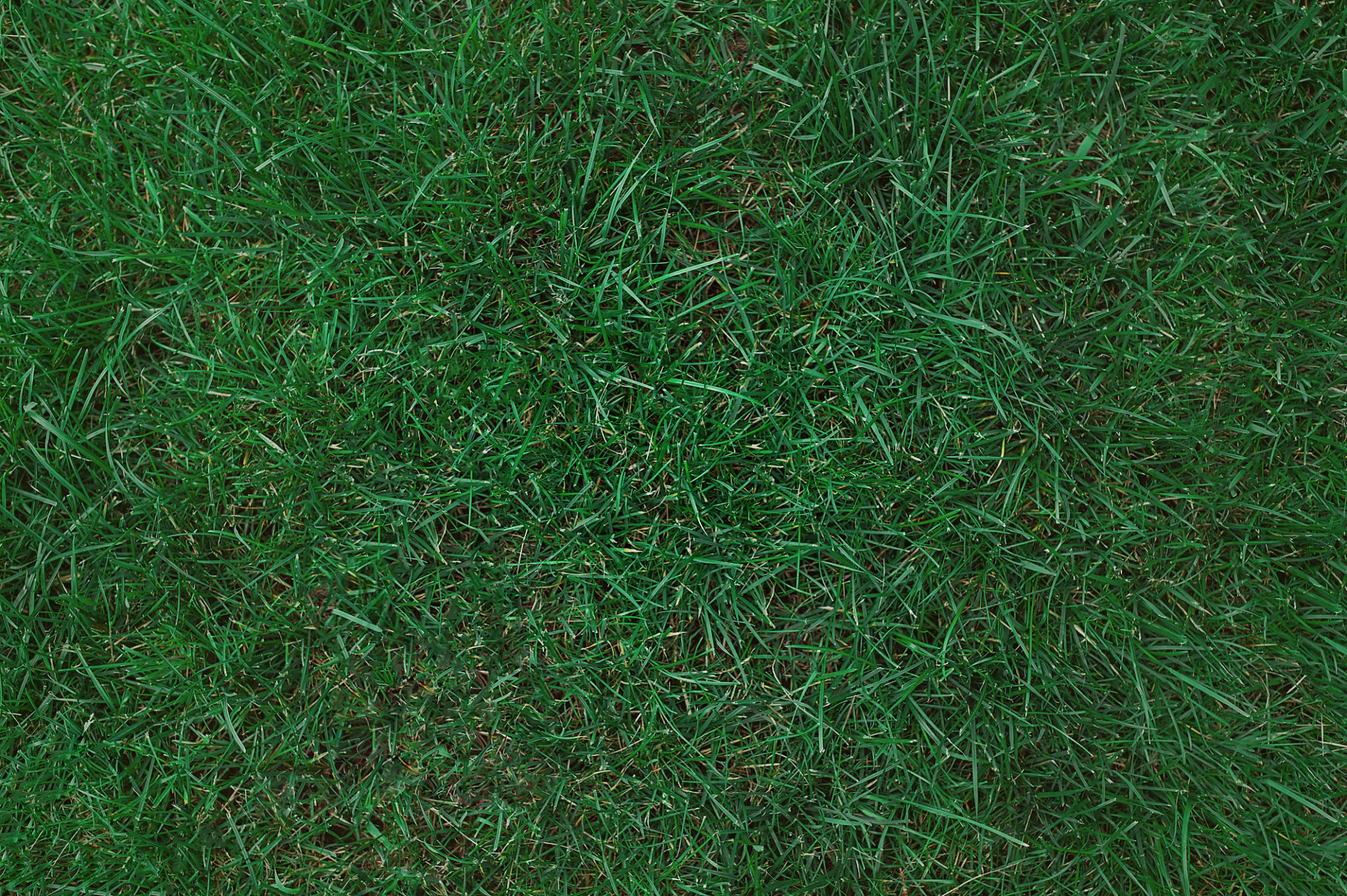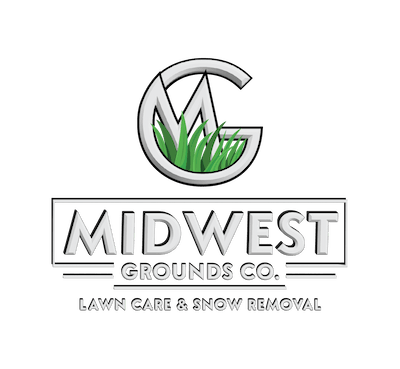Choosing the Best Grass Types for Lawns in the Midwest: A Homeowner's Guide
Understanding the Midwest Climate
Choosing the right grass type for your lawn in the Midwest is crucial for maintaining a lush, green yard year-round. The Midwest is known for its diverse climate, experiencing both hot summers and cold winters. This variability demands grass types that are both resilient and adaptable. Homeowners must consider factors like temperature fluctuations, rainfall, and soil type when selecting their grass to ensure a healthy and vibrant lawn.
To make an informed decision, it's essential to understand the specific climate conditions of your area. For example, northern parts of the Midwest might experience harsher winters, while southern areas might face hotter summers. Tailoring your choice to these conditions will help you maintain a thriving lawn.

Cool-Season Grasses: A Popular Choice
For many Midwest homeowners, cool-season grasses are a popular choice due to their ability to thrive in cooler temperatures. These grasses grow actively in the spring and fall, making them well-suited for the Midwest's transitional seasons.
Kentucky Bluegrass
Kentucky Bluegrass is a favorite among Midwesterners. It offers a dense, lush lawn that handles the region's cold winters exceptionally well. While it requires regular maintenance and watering, its beauty and resilience make it a top choice for many homeowners.

Fescue Varieties
Fescue grasses, including tall fescue and fine fescue, are known for their adaptability. Tall fescue is particularly drought-resistant, making it ideal for areas with less frequent rainfall. Fine fescue, on the other hand, is perfect for shaded areas and requires less maintenance.
Warm-Season Grasses: An Alternative Option
In some parts of the Midwest, especially those with hotter summers, warm-season grasses can be an excellent alternative. These grasses flourish in warmer temperatures and can provide a vibrant lawn during the peak summer months.
Bermudagrass
Bermudagrass is known for its heat tolerance and rapid growth rate. It forms a thick, durable lawn that can withstand heavy foot traffic. However, Bermudagrass goes dormant during colder months, so it may not be suitable for northern Midwest areas.

Zoysiagrass
Zoysiagrass offers a dense turf that is both drought-resistant and heat-tolerant. It requires less frequent mowing than other warm-season grasses but can be slow to establish. Once settled, it provides a beautiful lawn that can handle diverse weather conditions.
Tips for Successful Lawn Care
Regardless of the grass type you choose, proper lawn care is essential for maintaining a healthy yard. Here are some tips to keep your grass looking its best:
- Regular Mowing: Keep your grass at an optimal height by mowing regularly. This helps prevent disease and promotes healthy growth.
- Proper Watering: Water deeply but infrequently to encourage deep root growth. Early morning is the best time to water your lawn.
- Fertilization: Use a balanced fertilizer to provide essential nutrients throughout the growing season.
By choosing the right grass type and following these care tips, you can enjoy a stunning Midwest lawn that enhances your home's curb appeal.
